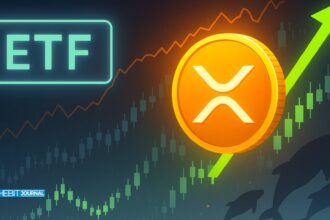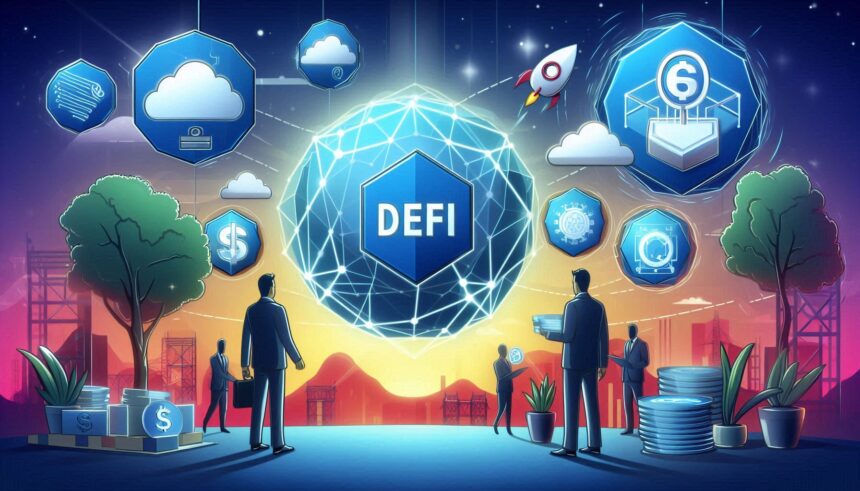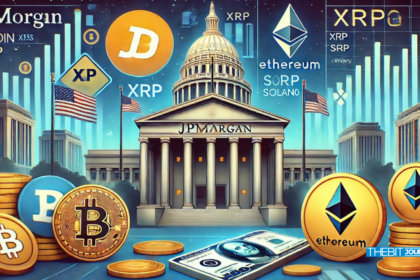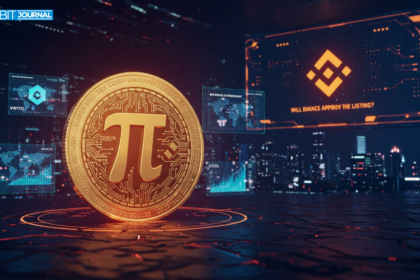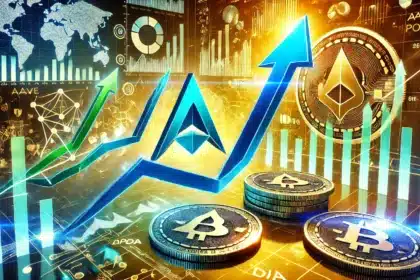The Enterprise Ethereum Alliance (EEA) has introduced Version 1 of its decentralized finance (DeFi) Risk Assessment Guidelines, a comprehensive document aimed at identifying and mitigating risks associated with DeFi protocols. These new guidelines are expected to establish a standard that will benefit regulators, developers, and users alike, providing a roadmap for navigating the complexities of the DeFi landscape.
DeFi Protocols Guidelines: A Collaborative Effort
The EEA’s DRAMA Working Group spearheaded the development of the DeFi protocols guidelines, collaborating with prominent organizations such as Consensys, Hacken, CertiK, Quantstamp, OpenZeppelin, Banco Santander, Bitwave, and others. The document serves as a crucial resource for regulators, developers, investors, and users, helping them identify potential risks in DeFi protocols and offering strategies to manage these risks effectively.
Dyma Budorin, co-chair of EEA DRAMA and CEO of Hacken, emphasized the significance of these guidelines, stating that they offer a comprehensive standard that “resource founders and dev teams can rely on while working on their products.”
Guideline Details: Comprehensive Risk Coverage
The DeFi Risk Assessment Guidelines cover a broad spectrum of risks related to governance, tokenomics, software, liquidity, regulatory compliance, and external market factors. According to reports, the guidelines detail specific issues affecting various software types, such as oracles, smart contracts, and bridges, addressing security and interoperability issues that can arise.
The document outlines DeFi best practices for risk management, including user education, bug bounty programs, stress tests, security updates, and data encryption. Chaals Nevile, Director of technical programs at EEA, explained that “the Working Group proposes to maintain the Guidelines, publishing periodic updates as necessary.”
“This is specifically intended to respond to new threats and changes in technology, but also to deal with the fact that the standards and regulatory landscape continues to evolve,” Nevile added.

Implications for Different Parties
The DeFi protocols guidelines provide documentation, processes, and workflows to support founders and developers in safely and reliably developing and managing DeFi protocols. For regulators and licensing authorities, the guidelines function as a framework for assessing and licensing DeFi projects. This framework is already being used to update requirements for DLT foundations seeking licenses from the Abu Dhabi Global Market (ADGM), the United Arab Emirates (UAE) regulator.
Why the Guidelines are Needed
The recent attack on the Li.Fi protocol on July 16 underscores the necessity of DeFi risk assessment and the preventative measures outlined in the guidelines. Hackers exploited a specific contract address, draining over $10 million in multiple cryptocurrencies before shifting the funds through the zero-knowledge (ZK) protocol Railgun. Although the breach was quickly mitigated, and the community was notified to prevent further losses, the incident highlights the vulnerabilities inherent in DeFi protocols.
Navigating the Future of DeFi with Confidence
With the introduction of these DeFi protocol guidelines, the EEA aims to instil confidence in the DeFi ecosystem by providing a robust framework for risk assessment and management. As the DeFi space continues to evolve, these guidelines will serve as a vital tool for ensuring the security and stability of decentralized finance platforms.
The guidelines, developed in collaboration with leading industry experts, offer a comprehensive approach to identifying and mitigating risks. By adhering to these standards, developers can build more secure and resilient DeFi protocols, regulators can assess projects with greater precision, and users can engage with DeFi platforms with increased confidence.
Conclusion
The EEA’s new DeFi protocols guidelines mark a significant milestone in the ongoing effort to enhance the security and reliability of decentralized finance. As these guidelines are adopted and refined over time, they will play a crucial role in shaping the future of DeFi, providing a safer and more stable environment for all participants in the ecosystem. According to officials, the guidelines are expected to evolve continuously to address new threats and technological advancements, ensuring that the DeFi landscape remains secure and trustworthy. Ultimately, these guidelines will empower all stakeholders to navigate the DeFi space with greater assurance and clarity. The BIT Journal has more crypto news and expert opinions.
